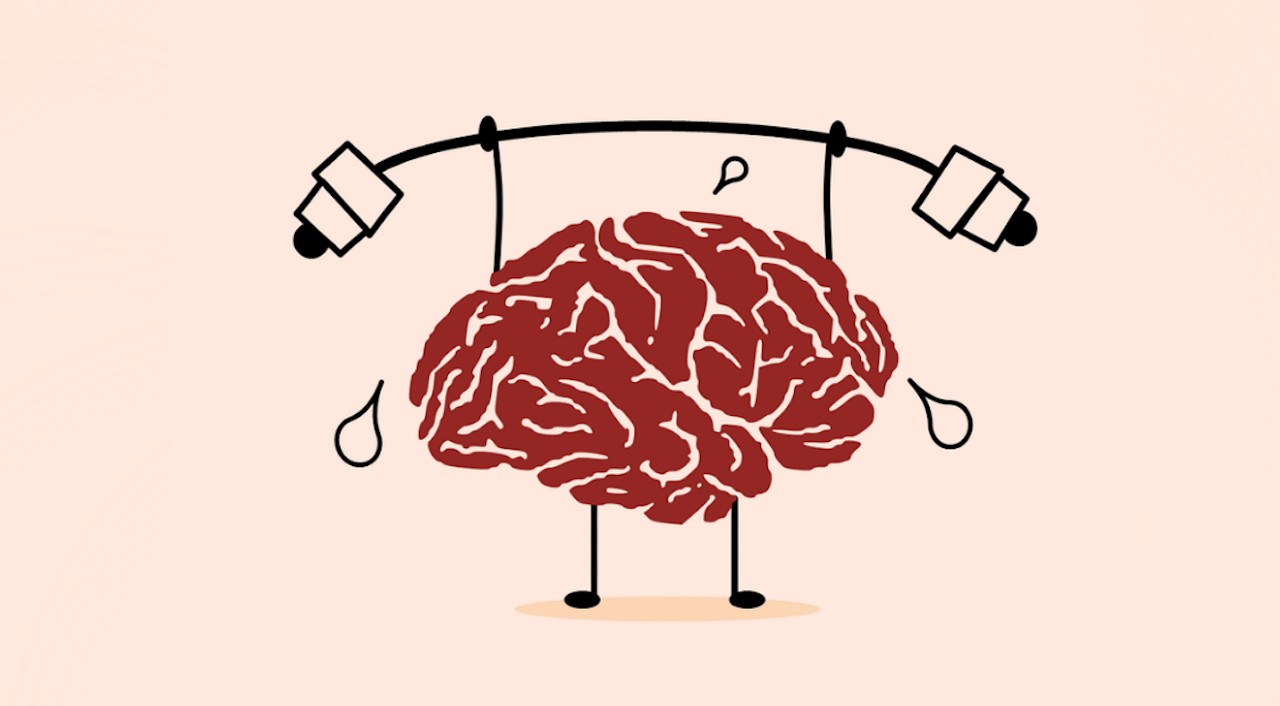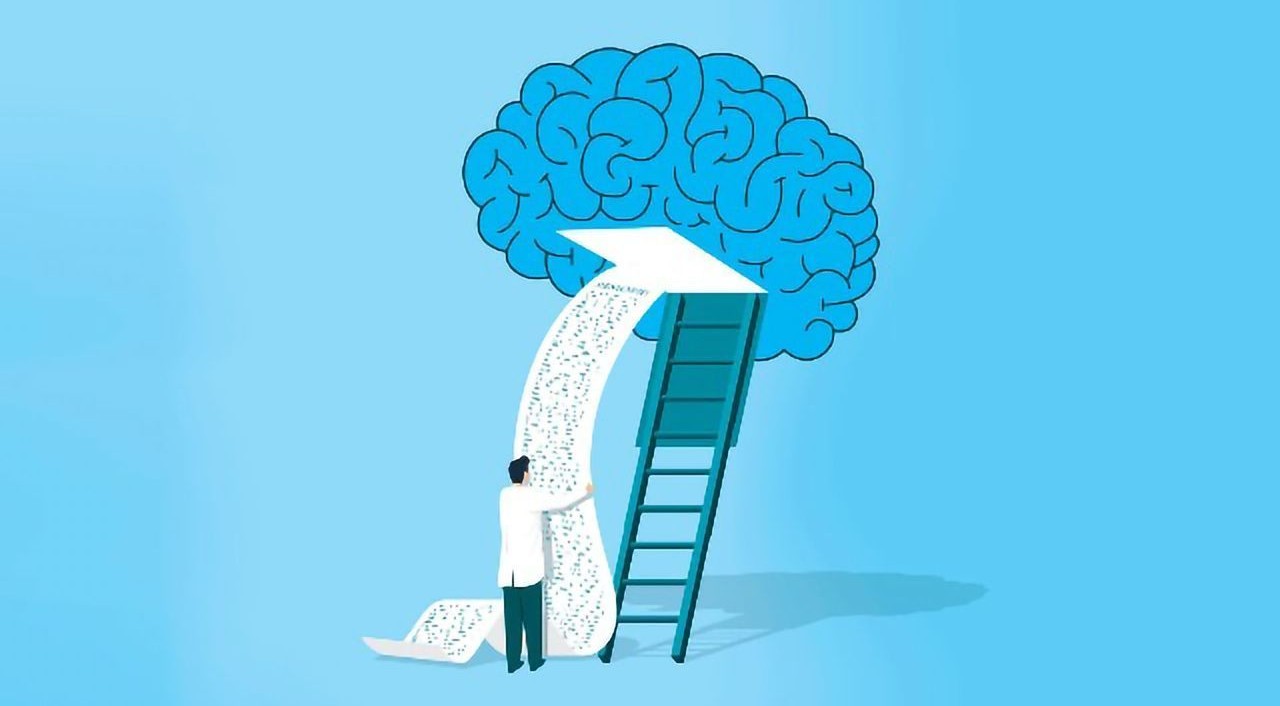It has been discovered how and in what way our brain stores information in working visual memory. Accordingly, it was understood that the brain only stores relevant information that is necessary for a task.
Let us brag about how advanced we have been in science; some things still remain secret. One of the best examples to be given to this is the closest thing to us, a part of our body. secrets of the brain stands out as. As you know, the scientific evolution that humanity has been following for millions of years gets blocked at some point when it comes to the brain and its functioning.
your brain temporary memories how and where it is coded is one of the most curious questions of scientists for years. But according to a new study, scientists seem to have finally deciphered the “secret code” the brain uses to create this type of memory.
The brain detects the most relevant emotional information in the environment and turns it into a simpler texture.
This type of memory allows people to temporarily hold and change information for short periods of time. working memory Also known as. For example, working memory comes into play when we briefly remember the order of numbers by dialing a number while calling a place, or when we ask someone for the address of a restaurant and remember which way to go there while going to the described destination. The new research in question is quite good for working memory research. a fundamental step represents.
One theory of working memory is that this memory is stored in the brain in a different way from sensory information from the eye or nose, or from long-term memories such as basic information we learn in school. to special “warehouses” Derek Nee, assistant professor of psychology and neuroscience at Florida State University, states that it is claimed that such “private repositories” are based on another theory. not it states. In this alternative theory, Nee argues that working memory is essentially “when sensory and motor representations are around us as we relate the past to the future” notes that it is an emerging phenomenon. However, a recent paper in Neuron supports both these theories. square reading.
Accordingly, working memory seems to work one step ahead of sensory information gathering, rather than reflecting on what happens during perception or relying on special memory stores. In other words, working memory is only free from the environment. most relevant sensory information It collects this information in a relatively simple code.
The brain only stores the relevant information needed for the task

“For decades [çalışan bellekte] there are hints that what we store may be different from what we perceive” Clayton Curtis, a professor of psychology and neuroscience at New York University, and Yuna Kwak, a doctoral student at the same university, used the expressions of functional magnetic resonance imaging (fMRI), which measures changes in blood flow in different parts of the brain to solve the mysteries of this memory. brain scanning technique they used.
They use this technique to perform a task that occupies their working memory. of nine volunteers In one of the trials, they showed participants a circle of grids, or slashes, on a screen for about four seconds. Then this graph disappeared and after 12 seconds the participants were asked to remember the angle of the slashes. In other trials, participants were shown a moving point cloud sliding in the same direction and asked to remember the exact angle of the point cloud’s movement. By asking participants to pay attention only to the direction of the slashes or the angle of movement of the point cloud, the researchers thought that their brain activity would only reflect certain features of the graphs. After examining the brain scans, the team found that the results were just right. as they expected found that.
Using computer modeling to visualize complex brain activity, the researchers thus created a kind of map that represents the peaks and valleys of activity in different groups of brain cells. It can be defined as the activation of brain cells that process visual data in response to stimuli that appear in a specific region of the person’s visual field. ‘recipient fields’ Adding it to their memory model, the team determined how the participants’ brain activity correlated with what they observed on the screen during the memory task. According to this analysis, instead of coding all the finer details of each graph, the brain simply relevant information needed for the task at hand. was storing.
Working memory acts as a bridge between perception and action

Analyzing the topographic maps, the researchers found that the brain activity used to encode this information a simple straight line observed that it looks like The angle of the line also matched the orientation of the grids or the angle of motion of the point cloud, depending on which graph was shown to the participants. On the other hand, these line-like patterns of brain activity occurred in the visual cortex, where the brain receives and processes visual information, and in the parietal cortex, an important area for memory processing and storage.
RELATED NEWS
It’s Been Discovered That Our Brains ‘Trick’ Us To See Better: ‘It Acts As A Time Machine’
What mattered, however, was not the brain’s use of lines to represent images, according to the researchers. The most important thing about“Your representation from the grids [veya] from the movement abstracted into something different truth” Nee also said that the team’s use of very simple graphics that do not fully reflect the visual complexity of the real world is also evident in the study. restrictive states that it is an element.
However, Nee “a new idea of what it means to keep something ‘online’ in mind for the future” He records that he did not change the fact that he gave. Working memory is essentially a bridge between perception and action is doing its job. About this Nee, “This work offers an unprecedented look at this mysterious intermediate region between perception and action in identifying a representational format that is neither similar to what is perceived nor to be done, but clearly readable from visual signals.” uses expressions.
Source :
https://www.sciencealert.com/researchers-discover-the-format-our-brains-use-to-store-working-visual-memory
